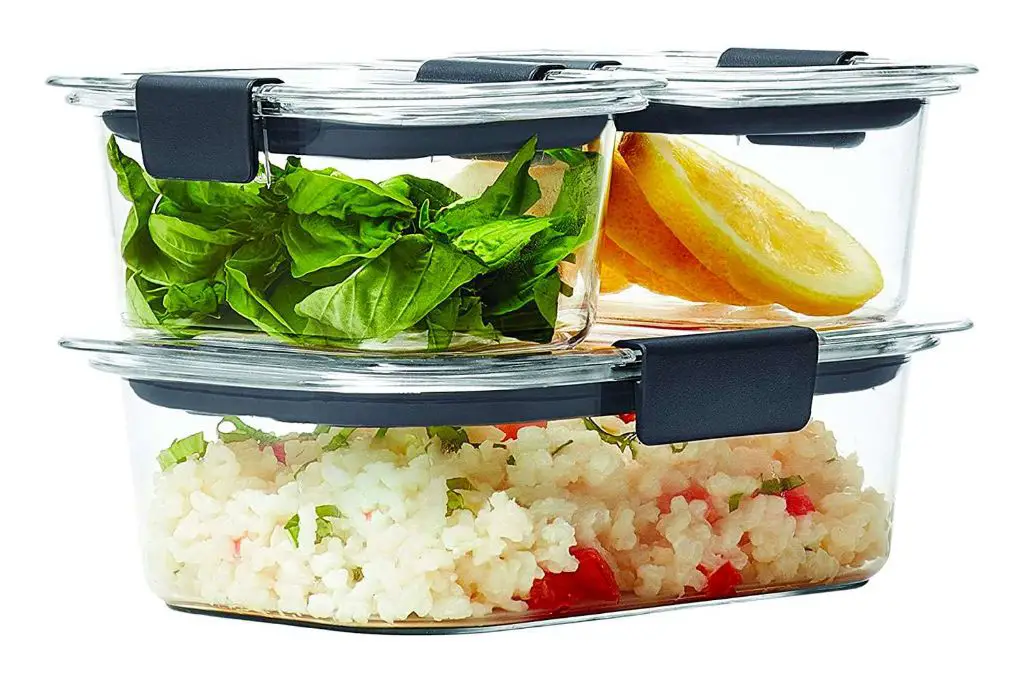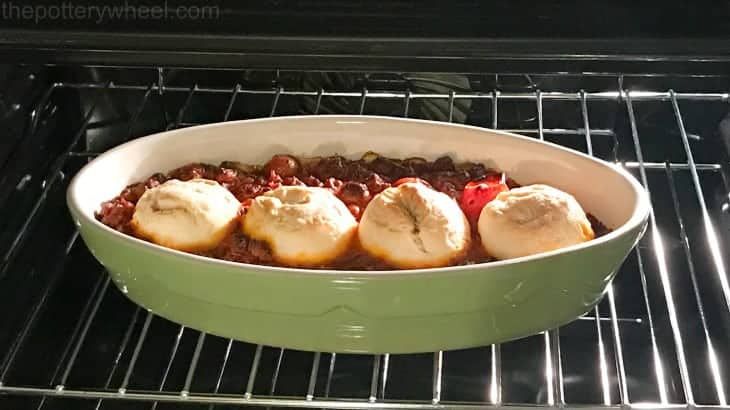Is There A Device To Boil Eggs In The Microwave?
Microwaved boiled eggs can be a quick and easy way to prepare hard boiled eggs without the need for a stovetop. The main benefits of boiled eggs in general are that they are nutrient-rich, protein packed, and portable. Specifically, eggs contain vitamins A, B2, B5, B12, iron, phosphorus and selenium. They are also one of the best sources of protein available. This makes them a healthy and convenient snack or addition to meals. However, boiling eggs on the stove can take 10-15 minutes, while microwaving cuts that time down significantly. The main challenge with microwaving eggs is avoiding explosions caused by pressure building up inside the egg if not heated properly. But with some care and the right techniques, microwave boiled eggs can be simple and mess-free.
Why Boil Eggs in the Microwave?
Cooking eggs in the microwave offers several advantages over boiling them on the stovetop. The main benefits are that it’s faster, more convenient, and uses less energy.
Microwaving eggs takes just a few minutes, while stovetop boiling can take 10-12 minutes or longer. You don’t have to actively monitor a pot on the stove, allowing you to walk away and focus on other tasks during the cooking process. The microwave does the work for you.[1]
Cooking eggs in the microwave also conserves electricity or gas. The microwave uses less energy than heating a pot of water on the stove. This provides environmental benefits as well as potential cost savings on your energy bill. According to one estimate, microwaving eggs uses 80% less energy than traditional boiling.[2]
In summary, microwaving shelled eggs is faster, easier, and more energy efficient than boiling them on the stovetop.
[1] https://www.pureandsimplenourishment.com/hard-boiled-eggs-in-microwave/
[2] https://organicallyaddison.com/hard-boiled-eggs-in-microwave/
Challenges of Microwave Boiling
Microwaving eggs comes with a unique set of challenges not found when boiling eggs on the stovetop. Three main issues arise when attempting to boil eggs in the microwave:
Uneven cooking is common when microwaving eggs. The rapid heating of the microwave can cause the outer sections of the egg to overcook while the inner portion remains runny. Rotating the egg during cooking may help, but it’s difficult to achieve consistent results (Danger – Microwave An Egg).
Perhaps the biggest risk of microwaving eggs in the shell is the potential for explosions. As the egg heats, pressure builds up inside the shell. This can lead to explosive results, causing burns and making a mess in the microwave (Here’s Why You Shouldn’t Microwave Eggs in Their Shells).
The rapid, uneven heating of the microwave makes getting predictable, consistent results nearly impossible when boiling eggs this way. It’s challenging to achieve the desired doneness compared to stovetop boiling.
Special Microwave Egg Cookers
There are special devices designed specifically for cooking eggs in the microwave. These containers have vented lids and are made of microwave-safe materials like plastic or silicone. They allow steam to escape while preventing egg explosions.
Microwave egg cookers work by holding the eggs upright in individual slots or cups filled with water. The water helps cook the eggs gently while the steam vents out the top. This allows the eggs to cook evenly without overheating.
Popular brands of microwave egg cookers include Nordic Ware, Progressive, Tovolo, and Joseph Joseph. These cookers often have 6-8 egg capacity and come with poaching trays. They’re dishwasher safe and come in fun colors.
To use a microwave egg cooker, place the desired number of eggs in the slots, fill with water to the fill line, and microwave on high for the time specified based on your desired doneness. The eggs cook upright in the steamy water for perfect results every time.
Tips for Microwaving Eggs
There are a few tips to follow to help ensure eggs cook properly in the microwave without exploding:
Poke the yolk with a toothpick or skewer before microwaving. This releases some of the pressure that builds up and causes eggs to explode. Poking a small hole in the yolk allows steam to escape.
Adjust cook times based on your microwave wattage. Lower wattage microwaves may need an extra 30 seconds or so. Refer to recipe cook times as a starting point and adjust as needed.
Use a mug or bowl with water when microwaving eggs. The water helps distribute heat gently. Cook eggs in 2-3 tablespoons of water in a mug or small bowl.
Microwave eggs in short bursts, checking every 30 seconds. This prevents overcooking. For hard boiled eggs, microwave in 30 second bursts until set.
Let eggs rest before handling. Give eggs a minute or two to cool slightly after microwaving before handling. This helps firm up the whites.
Take extra care when microwaving more than 1 egg to prevent bursting. Cook eggs individually or reduce power level to 30-50% when cooking multiple eggs.
Microwaved Egg Recipes
The microwave can be used to prepare a variety of egg dishes that are just as delicious as those made on the stovetop. The most popular choices for microwaving eggs include deviled eggs, egg salad, and scotch eggs.
Deviled eggs in particular are very simple to make in the microwave.1 Hard boil the eggs by placing them in a microwave-safe bowl, covering with water, and microwaving for 10-12 minutes. Once cooled, cut the eggs in half, remove the yolks, mash them with mayonnaise and seasoning, then fill the egg whites. Microwaved deviled eggs taste just as good as stovetop deviled eggs!
For egg salad, simply hard boil the eggs in the microwave as described above. Once cooled, chop the eggs and combine with mayonnaise, mustard, celery, onion, and other desired ingredients. The egg salad can be served on bread, crackers, or lettuce leaves.

Scotch eggs are a fun microwave recipe. 2 Wrap hard boiled eggs in sausage meat, then coat in breadcrumbs. Microwave the coated eggs for 2-3 minutes until the sausage is cooked through. The result is a tasty handheld snack or appetizer.
With some creativity, the microwave can produce all kinds of delicious egg meals for breakfast, lunch, dinner or snacking.
Troubleshooting Common Microwave Egg Issues
Microwaving eggs can sometimes lead to less than ideal results. Here are some common issues and how to avoid them:
Rubbery Whites
Overcooking is usually the culprit when egg whites turn rubbery in the microwave. Microwaves cook much faster than conventional methods, so microwave eggs for shorter intervals, checking frequently. Generally eggs need just 1-2 minutes in the microwave depending on power. Stop cooking as soon as the whites are set but still look moist. According to one source, “Microwaves cook unevenly from the outside in, which can lead to overcooking” (source).
Uncooked Yolks
Undercooking can result in runny, uncooked yolks. Make sure to pierce the yolk before microwaving, as this allows it to cook through. Let eggs stand 1-2 minutes after cooking to allow residual heat to finish the cooking process. Cook in short 30 second intervals, checking frequently, until the yolk looks just set but still moist and glossy. Going just slightly past set will ensure the yolk finishes cooking through during standing time.
Cracked Eggs
Cracked eggs are common when microwaving if the shell is compromised or weak in spots. Select eggs with clean, uncracked shells. Gently lower eggs into water instead of dropping to avoid cracking. Use a lower power setting and cook gently. According to one expert, “Cracked eggs may explode because the pressure from the steam that builds up inside has a place to escape from the shell” (source).
Safety Tips
When microwaving eggs, there are a few safety precautions to keep in mind:
Use caution when opening the container after cooking. The egg and container may still be very hot. Let the egg sit for 1-2 minutes before attempting to open and eat it (Source). This helps prevent steam burns.
Additionally, letting the cooked egg rest for a bit allows the temperature to even out, so you don’t bite into extremely hot pockets (Source). Stirring or shaking the egg before opening can help distribute the heat.
Take care not to overcook the eggs in the microwave. Eggs can quickly become rubbery, dry, and unappetizing when cooked too long. Follow recipe cooking times carefully. It’s better to slightly undercook and then return to the microwave for a few more seconds if needed (Source).
Comparisons to Stovetop
There are some notable differences in the texture, taste, and nutrition of eggs boiled in the microwave compared to the stovetop method.
The texture of microwave boiled eggs tends to be a bit more rubbery and dense. This is because the rapid heating of the microwave can overcook the outer layers of the egg before the inside is fully cooked (source). Stovetop boiling heats the egg gradually and evenly, resulting in a tender, creamy texture throughout.
The taste can also suffer slightly when microwaving eggs. The sulfur compounds in the egg white and yolk can react differently, leading to a more sulfurous flavor (source). With stovetop boiling, the flavor develops more subtly.
Finally, cooking eggs in the microwave may cause more oxidation of the cholesterol in the yolks compared to stovetop. This could slightly lower the nutrition content of microwaved eggs (source). However, the differences are relatively small.
In summary, while microwaved eggs are much faster, stovetop boiling produces better texture and flavor. But microwaved eggs can still be a quick, convenient breakfast option.
Conclusion
In summary, microwaving eggs can be a quick and convenient cooking method with some advantages over traditional stovetop boiling. However, there are also some drawbacks to keep in mind.
The main benefits of microwaving eggs include speed and simplicity – eggs can be cooked in just a few minutes with minimal prep and cleanup. Microwaving also avoids the issue of overcooked eggs if you happen to step away from the stove. In terms of taste, microwaved eggs are comparable to stovetop eggs if cooked properly.
On the downside, microwaved eggs can have a rubbery texture if cooked too long. There is also the risk of explosion if eggs are cooked in the shell. Special microwave egg cookers or mugs help alleviate these issues but add cost. Microwaving does not work as well for soft boiled or poached eggs.
The best practices for microwaving eggs are to crack eggs into a microwave-safe bowl, pierce the yolks, and microwave in short intervals while stirring periodically. Microwave egg cookers also produce consistent results. Always exercise caution and stop cooking immediately if you see any bulging or explosion risk.
Overall, microwaving eggs can be a viable method for basic scrambled or fried eggs, but works best when using a specialized cooker and not eggs in the shell. With some trial and error, eggs can be conveniently cooked in the microwave alongside other breakfast foods.





